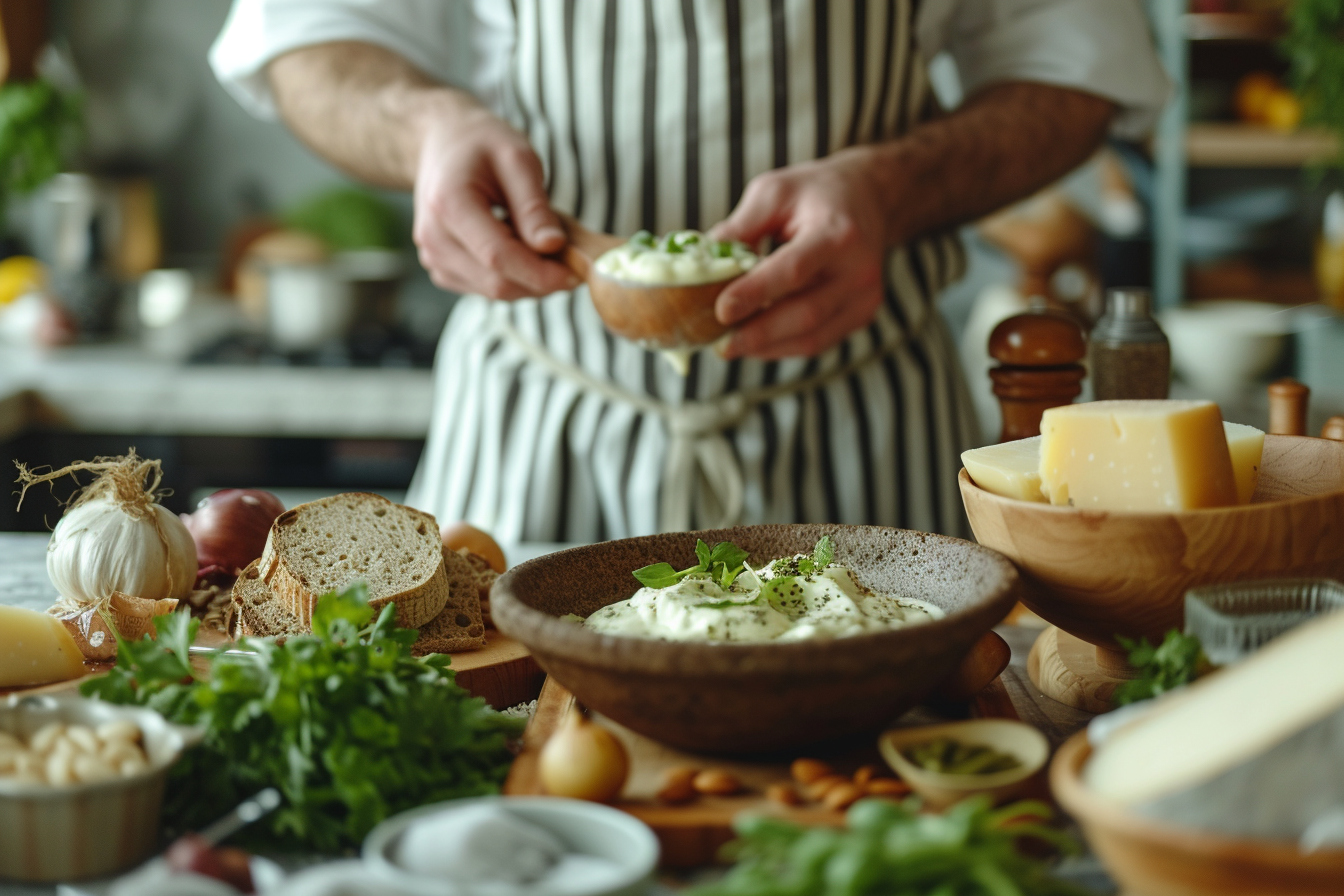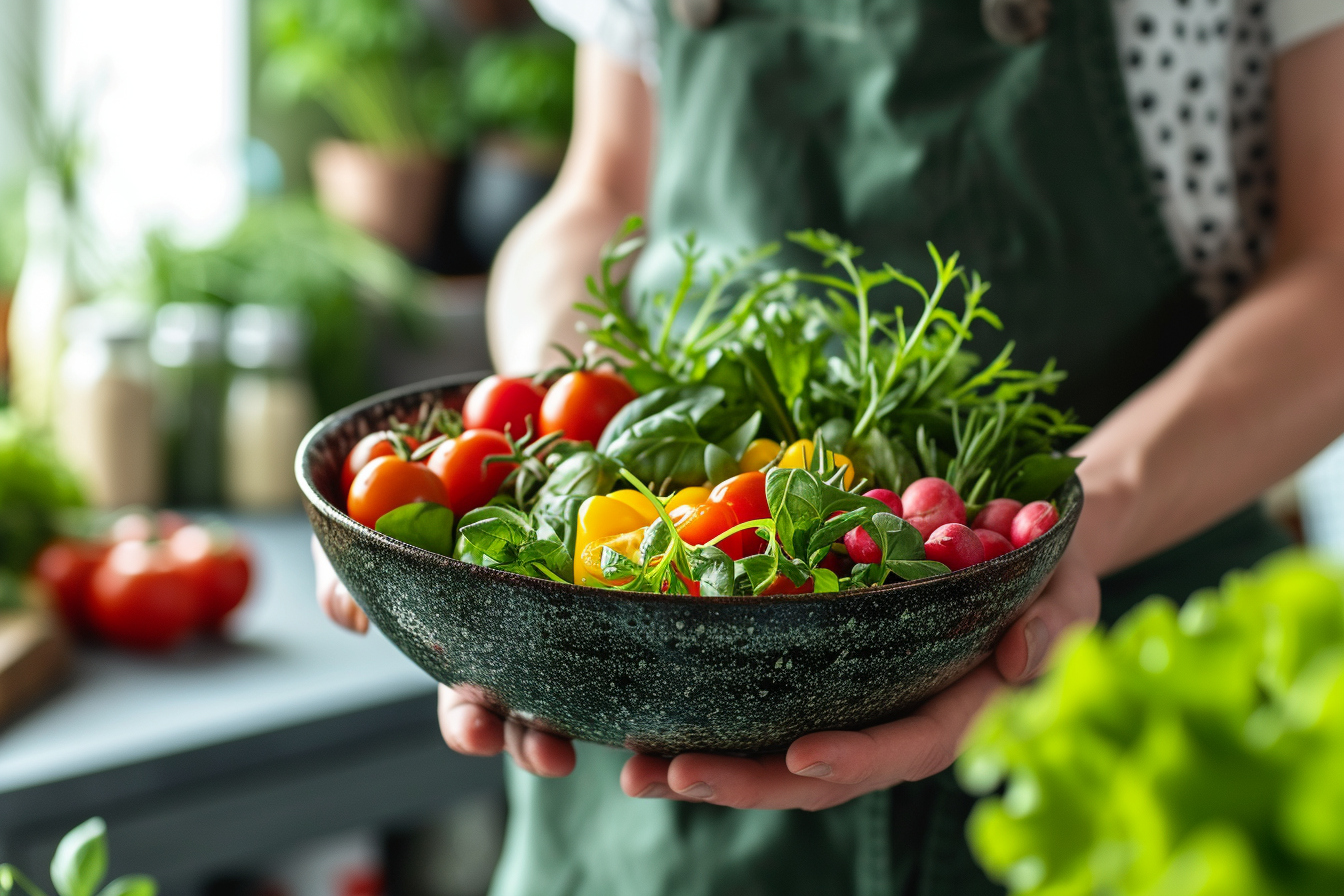Cooking without dairy can seem challenging, especially if you’re accustomed to the rich flavors and textures that milk products provide. However, when you’re aware of suitable alternatives and creative techniques, the world of dairy-free cooking opens up to delicious possibilities. Whether you’ve embraced a vegan lifestyle, are lactose intolerant, or simply looking to reduce dairy in your diet, these tips will help you create meals that tantalize the taste buds without the need for milk-based ingredients.
Understanding dairy substitutes
Finding replacements for dairy products is paramount in dairy-free cooking. Plant-based milks such as almond, soy, coconut, and oat milk are excellent substitutes in both sweet and savory dishes. Each has unique characteristics and suits different culinary applications. For example, coconut milk adds a rich creaminess to curries, while almond milk can be a light addition to smoothies and baking recipes.
When baking, unsweetened varieties are typically the best choice as they provide control over the sweetness of the final product. It’s important to check the consistency of the plant milk; some might be thicker and ideal for creating sauces or desserts, while others are more watery and better suited to lighter dishes.
Cheese and yogurt alternatives
Replacing cheese and yogurt can be trickier since these dairy products offer distinct flavors and textures. Nutritional yeast flakes can create a savory, cheesy flavor, making them perfect for sprinkling over pasta dishes or incorporating into sauces. Vegan cheeses are now widely available on the market, ranging from soft, spreadable options to harder, sliceable varieties.
For yogurt, try coconut, almond, or soy versions. When used in recipes, they can provide the tang and creaminess you’d expect from dairy-derived yogurt. Be cautious with their additional flavors and sweeteners; opting for plain versions will usually give you the most versatility in recipes from dips to baked goods.
Cooking techniques and ingredient swaps

Creamy textures
Achieving a creamy texture without dairy is quite feasible with the right approach. Cashews, when soaked and blended, become a velvety base for sauces and cheesecake fillings. Avocado can also serve as a butter or cream substitute due to its rich, silky nature. It’s particularly good in chocolate desserts and smoothies as its mild flavor is easily masked by other ingredients.
For soups and sauces, consider pureed vegetables like cauliflower, sweet potatoes, or squash to add body and smoothness. Coconut cream is a thicker version of coconut milk and can be used in desserts or rich, hearty dishes to impart a lush consistency.
Sauces and condiments
Creating flavorful sauces and condiments without dairy is simple once you know which ingredients to utilize. Cashew cream or tofu can replace cream in alfredo or bechamel sauces. Olive oil and avocado oil are excellent for rich dressings and drizzling over salads or roasted vegetables.
Adding acidity with lemon juice or vinegar can balance the flavors in a dish, bringing brightness that might otherwise be provided by dairy. Mustard, tahini, and miso paste are also great for adding depth to dressings and sauces. Don’t be afraid to incorporate plenty of herbs and spices—for they are the essence of bringing vibrancy to any meal.
Sweet delights
Dairy-free desserts can be just as indulgent and gratifying as their dairy-full counterparts. When making custards or ice cream, full-fat coconut milk can serve as a direct substitute for heavy cream. In baking, dairy milk can typically be replaced one-for-one with plant-based milk. Applesauce and mashed bananas are excellent for adding moisture to cakes and muffins without the need for butter.
Maple syrup, agave nectar, and coconut sugar are fantastic natural sweeteners for dairy-free baking. Their unique flavors can complement other ingredients, creating a complex and satisfying sweetness in the absence of milk and cream.
Meat and dairy free meals
Entire meals can be crafted without a hint of dairy while still being hearty and complete. Lentils, beans, and chickpeas are not only packed with protein but highly adaptable in various cuisines. Use them in curries, stews, and salads, or mash them for veggie burgers and dips. Combine these with a wealth of grains such as quinoa, rice, or barley for filling and balanced dishes.
Egg-free pasta, whole wheat couscous, and rice noodles offer a satisfying foundation for a host of dairy-free sauces and stir-fries. Vegetable spirals, such as zucchini noodles, give a light and healthy twist to traditional pasta dishes without sacrificing flavor or satisfaction.
Innovative Strategies
Don’t hesitate to be inventive in the kitchen. Swap out traditional crusts with nut-based alternatives in pies or quiches. Experiment with dairy-free puff pastry for turnovers and pot pies. Leverage blends of spices to impart richness and complexity to dishes that would typically rely on butter or cheese for flavor.
Challenges as Opportunities
Rather than viewing dairy restrictions as limiting, consider them as an opportunity to broaden your culinary horizons. Each new ingredient or technique offers a chance for discovery and innovation. PartialEqExplore regional cuisines that naturally contain less dairy, such as many Asian or Middle Eastern dishes, for inspiration and a variety of flavors.
Stay Informed and Inspired
Keep your pantry stocked with a range of dairy-free staples and be proactive in seeking new recipes and ideas. Social media, cookbooks, and food blogs are valuable resources for finding dairy-free recipes that have been tried and tested.
Maintaining a flexible approach to adapting non-dairy items will transform how you think about meal prep and ingredient selection. By focusing on the abundance of options available, you’ll find that dairy-free cooking is not only manageable but a delightful avenue to healthful and creative eating.

